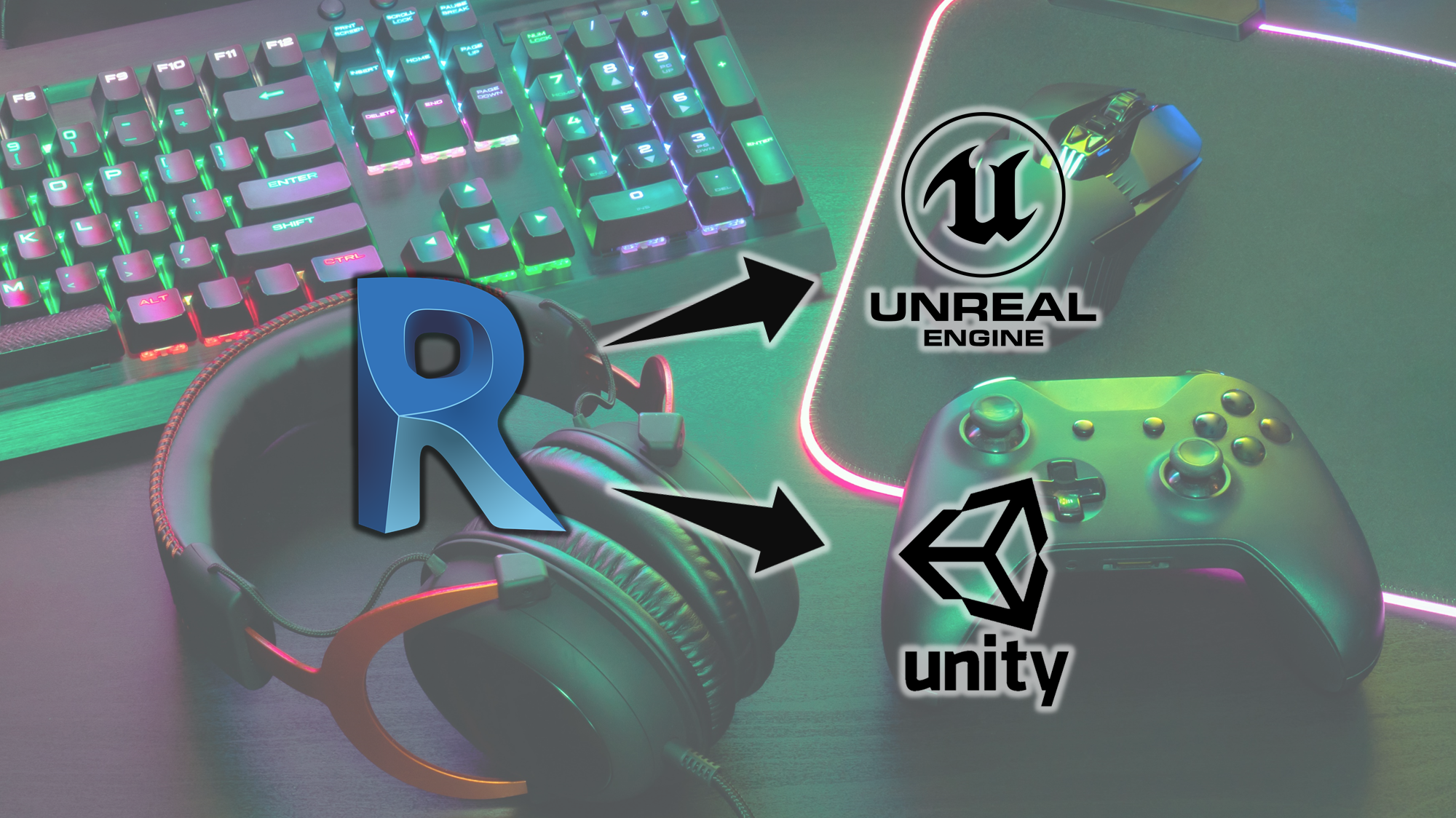Off the back of attending London Build Expo (check out my previous post) I thought I’d write about our findings and predictions of technology trends for the coming year and beyond, in essence all points gravitating towards greater digitisation of the physical world… lets get started!
1) Gaming engine technology – Enter the Meta-verse!

Gaming engines such as Unity and Unreal are becoming common place throughout the AEC industry, used as a tool to convey designs within fully rendered, interactive digital worlds. Moving away from the traditional still render and harnessing GPU technology, these platforms are quite literally Game Changing when it comes to visualising your projects.
Hardware requirements for these platforms are relatively low compared to high end workstations, a decent graphics card taking you back a couple £100 quid will get you a long way, plus the fact these applications are free (at entry level) makes it a very accessible and viable options for businesses.
Tools like Enscape and Lumion are already a staple in the architects digital arsenal, with further development and improve connectivity between gaming engines and our CAD tools, we predict a bright future for this workflow!
2) Scan to CAD to BIM technology much more accessible

Historically to capture digital surveys on site requires some serious hardware, now LiDAR technology is starting to be integrated into our day to day smart devices making it more accessible and affordable then ever, check out this link on LiDAR and how it works on the iPhone 12.
When combining the raw scanned data with online platforms such as Matterport direct from your smart device, it opens up a world of possibilities as that information can be brought directly into Revit (or which ever CAD tool you use) and overlaid against your design.
That being said the level of accuracy and accountability is still paramount when it comes to digital surveys, this won’t necessarily replace current scanning technology or professions but it certainly enables users to live in the same space and engage with this digital medium.
We predict LiDAR will become a staple feature on most smart phones and tablets in the coming years, changing how we design, augmenting our physical world with the digital counterpart, digital jazz man!
3) Greater client understanding and requirements for BIM solutions

The principles around BIM (building information modeling) have been preached for what feels like forever, it’s only in recent years however the bennifits and potential gains are starting to permeiate throughout the industry. Like throwing a pebble into a lake and watching the ripples grow outwards eventually reaching the whole body of water, businesses are starting to embrace new ways of working and technologies.
With more awareness and demand comes greater need for governance and standards, commonly used BIM standards BS and PAS 1192 have started to be phased out with EN BS ISO 19650 in their place but we still have a way to go, as each new standard is released it’s another piece of puzzle to slot into place.
4) Beyond BIM, what comes next?

Complete digitisation of the built environment is not a matter of if, but when. But how will this information be created, managed, and used to enrich our lives? How architects and engineers structure their BIM data now has a potential knock-on effect on how our buildings are operated and maintained in the real world and beyond.
As an industry we are starting to the explore the harmony of big data integrated into the built environment, terms like “digital twins” and “smart cities” being thrown around, the evolution of BIM data used long after the building phase is complete. A seamless connection between the physical asset and digital counterpart, blurring the lines between reality and simulation…. will we get there? Who knows!! (don’t take the blue pill!)